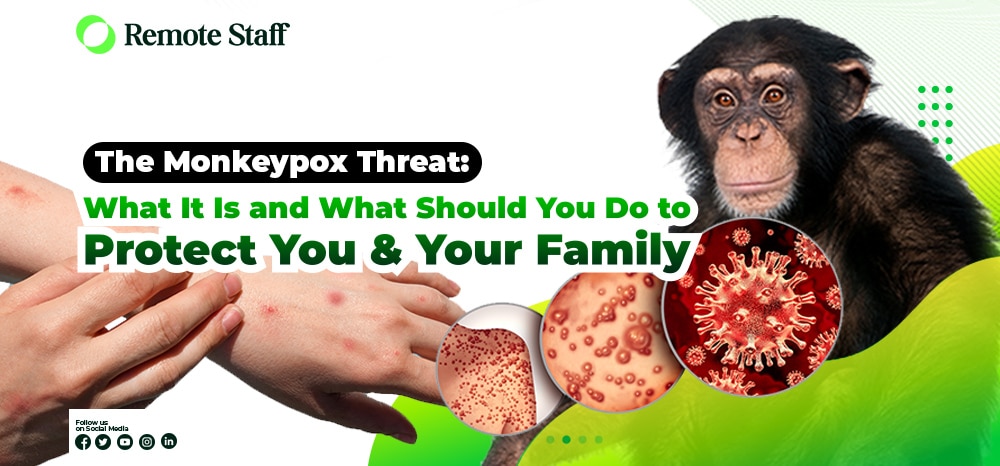We’re slowly transitioning to the New Normal. 2 years of quarantine and lockdown is no joke. And we don’t want that to happen again. But with the latest updates, another possible viral disease can hit countries in the moniker “Monkeypox.”
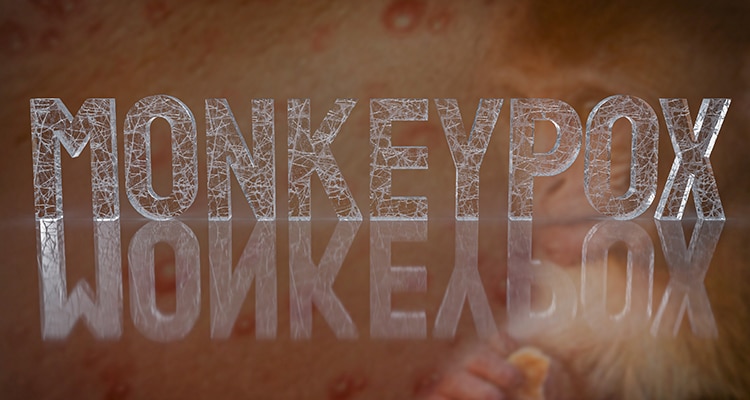
What is Monkeypox?
It may sound like an innocent cartoon character. But it’s fatal when left unchecked.
Monkeypox was first detected in 1958 in monkeys tested in laboratories. And the first detected human case was in the Democratic Republic of Congo in 1970. And ever since, it circulated in Central and Western Africa.
Monkeypox is characterized by rashes spreading throughout the body coupled with fever, headache, muscle aches, and chills.
The sickness can span from 2 to 4 weeks with an incubation period of 1 to 2 weeks. But more complications can happen for pregnant women, children, and the immunocompromised.
It’s quite similar to smallpox, which plagued the world for over millennia.
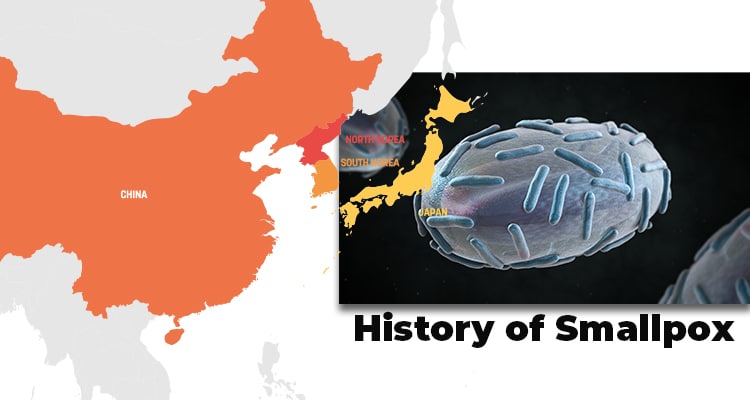
History of Smallpox
We don’t need another pandemic to happen. And if monkeypox is closely related to smallpox, how is it different? And should we even worry?
And contracting this deadly virus means a 30% chance of death. What makes it deadly is the malignant hemorrhagic variant.
The earliest record outbreak was in the 6th century when trade in China and Korea brought smallpox to Japan.
It was eradicated with the worldwide vaccination program by the WHO, which started in 1959. But because of a lack of funding and manpower, it still continued until 1966. The renewed effort during 1967 battled the virus and led to a smallpox free world in 1977.
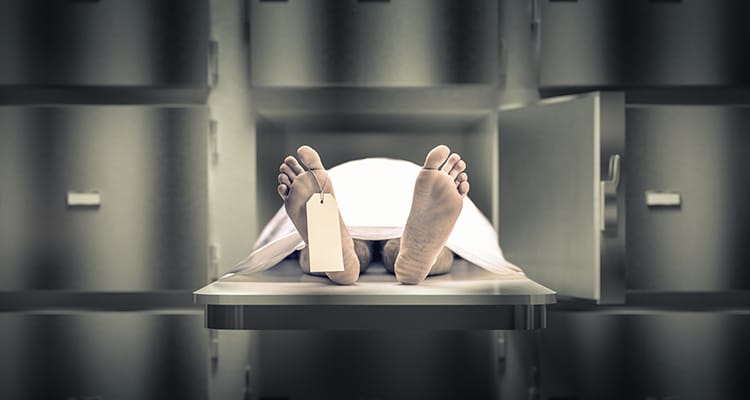
Is Monkeypox as Deadly as Smallpox?
As of writing, the virus has spread outside Africa with at least 226 confirmed cases in 21 countries. Some include the UK, Spain, Portugal, and more.
Monkeypox is similar to smallpox in fevers, rashes, fatigue, and swollen lymph glands. So it begs the question, is monkeypox as deadly?
According to the University of California, San Francisco, monkeypox is less deadly compared to smallpox. And the current variant circulating is the less pathogenic strain found in Western Africa.
It’s comparable to smallpox but quite milder. If smallpox has a 30% fatality rate, monkeypox has around 1-3%.

How Does It Get Transmitted?
According to CDC, monkeypox transfers from physical contact either through a person, animal, or material that has the virus. It spreads primarily from large respiratory droplets. But compared to COVID, prolonged face-to-face contact is required because these droplets can’t travel for more than a few feet.
Other means of transmission include direct contact with body fluids or indirect contact with materials such as contaminated clothing or linens.
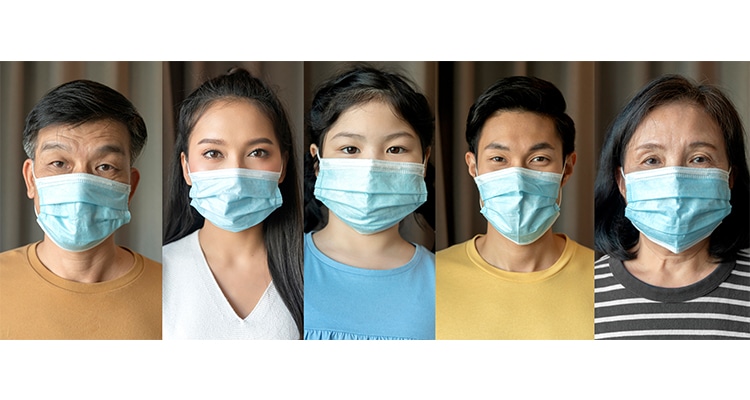
How to Prevent You and Your Family from Contracting Monkeypox?
Prevention practices are quite similar to COVID measures. Just make sure to practice good hygiene and don’t expose yourself to people diagnosed with it. Also, social distancing is a good preventive measure.
Vaccination is also an option. Smallpox and monkeypox are of the same class. And because of cross-immunity, vaccination intended for smallpox can be used as protection against monkeypox as well. But be wary that it’s hard to get these vaccines as cases of smallpox have been eradicated for 50 years already.
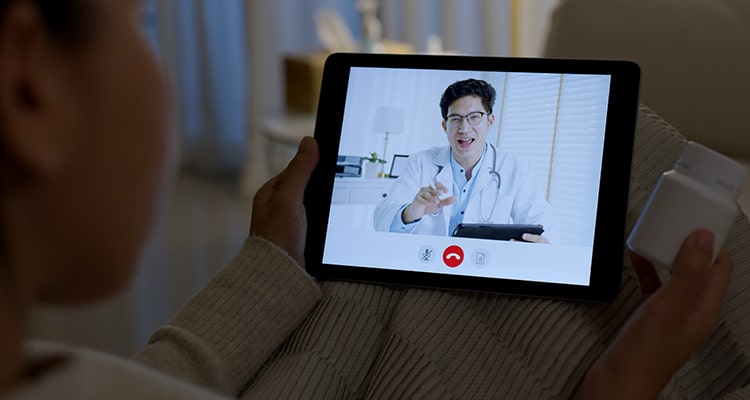
What to Do If You Have Monkeypox?
Currently, there is no proven treatment for monkeypox. But monkeypox can get better without treatment because it’s self-limiting. Medications to treat the symptoms can also help in easing the disease.
It’s best to consult your physician for the best treatment possible.
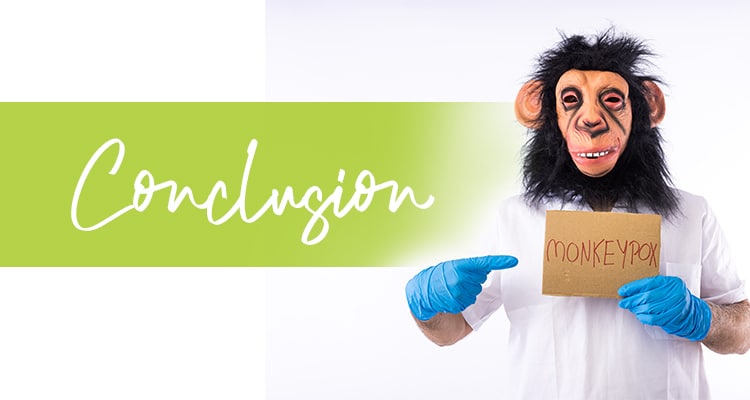
Conclusion
There’s another threat to our health. But as we learn to control COVID, monkeypox will be much more manageable by doing all the COVID prevention we can. Stay safe and healthy!

